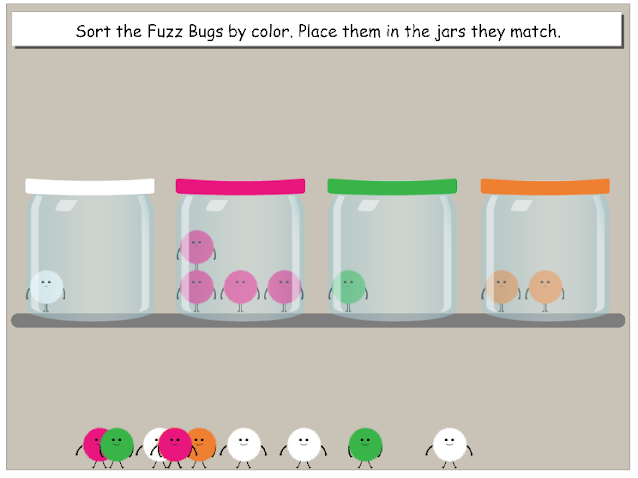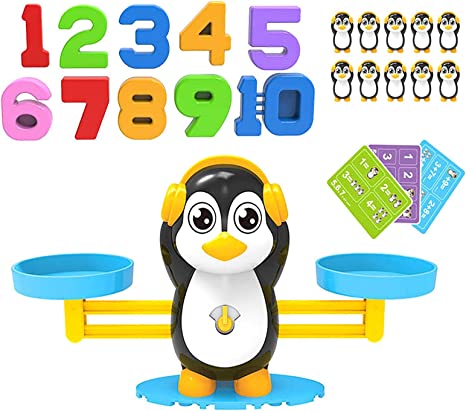
Brain Breaker, a side-scrolling platform-adventure game that is a part of Metroidvania's early genre, is an example of this. It was released first for the Sharp X1 on 1985. The player has to place 15 blocks in a certain sequence and then solve a puzzle. Students can use this game as a way to stay on task and focused.
Brain Breaker is the basis of Brain Breaker, a code-breaking video game.
Brain Breaker is a video-game based on Mastermind, a popular code-breaking game. The game challenges players with the challenge of deciphering a random code. It is designed to improve cognitive thinking skills and problem solving skills in students. It encourages physical activity, as well social interaction. Each player is given eight choices to solve the code. Players will receive gold balls if they correctly guess the code. If not, they will receive silver balls.
This code-breaking puzzle is played with two players. It can be set to a level of difficulty. Although beginners might have an easier time guessing codes, more experienced code-breakers will likely face repeated colors or holes that are empty. True brain teaser

It is a puzzle that requires students to put in sequence 15 blocks
The Fifteen Puzzle first became very popular in Europe during the 1880s. There are over 20 million possible combinations of the blocks. One blank block is not included. Two American mathematicians proved later that half the original arrangements allowed for a solution. The following mathematical analysis was used: Any number must pass through an equal number of boxes.
It is a physical and mental brain break
There are many benefits to taking an emotional brain break. It helps your child get out of their chair and gets blood flowing. It helps you regain control over your child and improves their focus. Physical breaks are fun and are just as effective as meditative breaks. These are just four ways to introduce physical brain breaks to your child.
Move around and stretch. Both of these activities will improve your brain activity. Exercise improves concentration and attention. Students also learn vocabulary words quicker by exercising. Exercise helps you to reduce stress and makes it easier for you to focus on other tasks.
It helps students stay on task.
Brain breaks can help students stay focused. Brain breaks allow students to learn how they can control their emotions and recognize when things are getting difficult. They are useful tools for students who struggle to finish homework. They can take a brief break and then return to the task with a fresh perspective and refocused. These brain breaks help build confidence and self-esteem. They can also help students realize that they can overcome challenges in homework. This will help them remain motivated to complete the assignment.

Brain breaks can also be used to increase creativity and social skills. For example, students can dance or sing to help them focus. Students who are shy can take a break from their studies to be more outgoing and open-minded. This can help students be more prepared for class discussions. They will also be more willing to answer questions.
FAQ
Homeschooling is for everyone.
Anyone can homeschool. There are no requirements for specific qualifications.
Parents who have completed high school can teach their children. Many parents choose to teach their children as they go to college.
Parents can learn to teach children from parents with less formal education.
After satisfying certain requirements, parents can become certified teachers. These requirements differ from one state.
Some states require homeschooled students take a test to graduate. Others do not.
Homeschooling parents should register their family at the local school district.
This involves filling out paperwork, and submitting it back to the school board.
After registration, parents can enroll their children at public or private schools.
Some states allow parents to homeschool, but they must register their children with the government.
If you live within one of these states, it is your responsibility to ensure that your children fulfill the state's mandatory attendance law.
What is early education for children?
Early Childhood Education (ECE) is a field that helps children to become healthy and happy adults. It can teach them everything, from reading to getting them ready for kindergarten.
Early childhood education has the goal of helping children learn and grow by offering them age-appropriate experiences.
Early childhood educators often have to assess each child's developmental needs. This helps to determine if a program is right for each child.
Parents can interact with teachers and professionals who have had experience working with young kids through early childhood programs.
Early childhood education also requires parents to play a significant role. They must know how to properly care for their children and offer guidance and support when needed.
Parents are also welcome to participate in activities to help their children learn skills they will use throughout their lives.
While preschool education is sometimes called early child education, the term is also used interchangeably to describe daycare centers. Prekindergarten education starts around three years ago, and early childhood education is similar.
What is the main difference between schooling and college?
Schools are usually divided into classes (or grades), with a teacher who is responsible for teaching a specific class. Colleges are larger institutions that offer more specialized programs and include many university-level courses. Schools usually focus on basic subjects while colleges may offer a variety of subjects including arts, science, languages, business, etc. Both levels have a curriculum that prepares students for higher education.
Which factors are important when selecting a major
First decide whether you'd rather be a professional or a student first. You should then make a list outlining your talents and interests. Reading, listening to music and talking to people are all possible interests. You might be gifted in singing, dancing or writing. You can use your interests and talents to help you select a major.
Fine arts or art history might interest you if your dream is to be an artist. If you love animals, biology might appeal to you. Pre-medicine, medical technology and medicine are options for those who want to be doctors. Computer science, computer networking, or computer engineering might interest you if you want a career that involves computers. There are many options. Think about what you want to do.
How long does a teacher of early childhood take?
It takes four years to complete a bachelor's degree in early childhood education. Two years will be spent taking the general education courses required of most universities.
After completing your undergraduate studies, you will usually enroll in graduate school. This allows you to become a specialist in a specific area of study.
For example, you could choose to focus on child psychology or learning disabilities. After earning a master's, you must apply to a teacher preparation program.
This process will take another few years. This is a time when you will learn real-world skills from experienced educators.
Finally, before you can begin teaching, you need to pass the state exams.
It takes many years for this process to complete, so you may not be able immediately to join the workforce.
Statistics
- Data from the Department of Education reveal that, among 2008 college graduates, 92.8 percent of humanities majors have voted at least once since finishing school. (bostonreview.net)
- They are also 25% more likely to graduate from high school and have higher math and reading scores, with fewer behavioral problems,” according to research at the University of Tennessee. (habitatbroward.org)
- In most developed countries, a high proportion of the population (up to 50%) now enters higher education at some time in their lives. (en.wikipedia.org)
- Think of the rhetorical power of nineteenth-century abolitionist Harriet Beecher Stowe, Martin Luther King, Jr., or Occupy Wall Street activists with their rallying cry of “we are the 99 percent.” (bostonreview.net)
- And, within ten years of graduation, 44.1 percent of 1993 humanities graduates had written to public officials, compared to 30.1 percent of STEM majors. (bostonreview.net)
External Links
How To
How do I apply to scholarships?
Apply for scholarship funding first. Only those who meet the criteria for scholarship funding are eligible.
For example, you can receive a grant if you are economically disadvantaged. If you are enrolled in vocational training courses, you may be eligible for a work-study grant. You may also be eligible for a grant if you belong to a minority group.
Once you have determined whether you are eligible for a scholarship type, you can apply.
You can apply online or in person. The type of scholarship will determine the application process.
For some scholarships, you will need to submit essays about you and your reasons for applying. Others may ask questions such as, "Why did your choose this major?"
Most scholarships require applicants to complete an application form and to send supporting documents.
Your scholarship provider will evaluate the information you supply. If you are chosen, you will receive an email or postal notification.
Even if you're not selected, you might still qualify for another scholarship. Contact your scholarship provider for details.